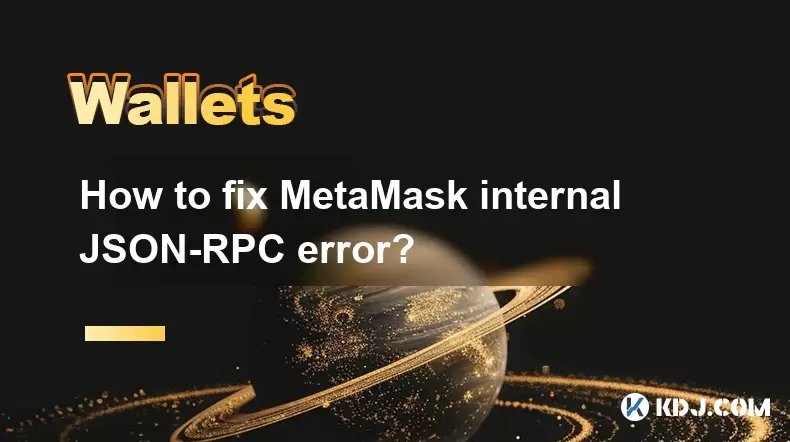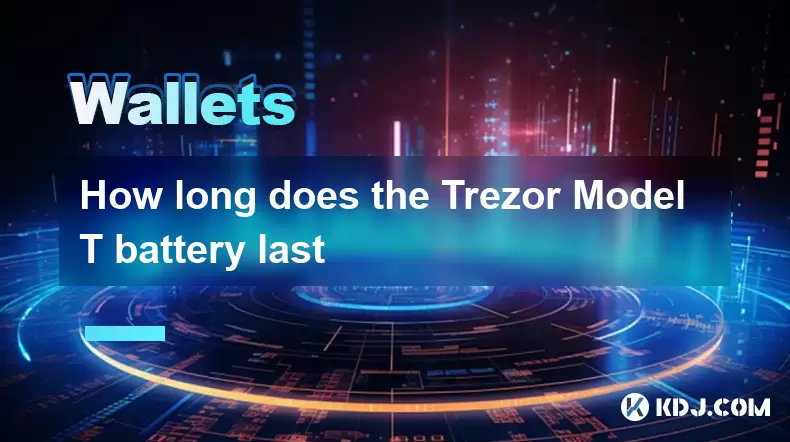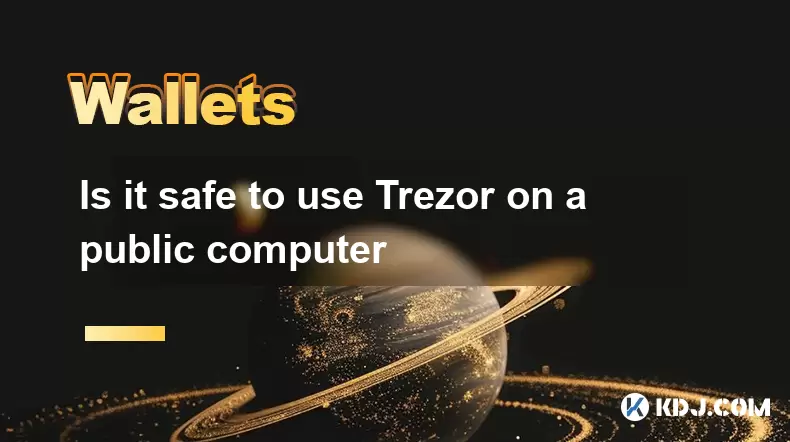-
 Bitcoin
Bitcoin $111,259.5910
2.32% -
 Ethereum
Ethereum $2,789.1977
6.17% -
 Tether USDt
Tether USDt $1.0006
0.06% -
 XRP
XRP $2.4172
3.88% -
 BNB
BNB $671.6585
1.21% -
 Solana
Solana $157.1336
2.90% -
 USDC
USDC $1.0001
0.02% -
 TRON
TRON $0.2913
1.52% -
 Dogecoin
Dogecoin $0.1809
5.04% -
 Cardano
Cardano $0.6213
4.40% -
 Hyperliquid
Hyperliquid $41.7572
6.29% -
 Sui
Sui $3.1623
8.35% -
 Bitcoin Cash
Bitcoin Cash $513.7819
1.17% -
 Chainlink
Chainlink $14.2966
1.64% -
 Stellar
Stellar $0.2904
9.82% -
 UNUS SED LEO
UNUS SED LEO $8.9624
-0.86% -
 Avalanche
Avalanche $19.4161
5.41% -
 Hedera
Hedera $0.1754
8.17% -
 Shiba Inu
Shiba Inu $0.0...01243
4.58% -
 Toncoin
Toncoin $2.8743
2.25% -
 Litecoin
Litecoin $90.6242
3.12% -
 Monero
Monero $328.7483
3.34% -
 Polkadot
Polkadot $3.6433
5.06% -
 Dai
Dai $1.0002
0.02% -
 Ethena USDe
Ethena USDe $1.0011
0.06% -
 Uniswap
Uniswap $8.3418
8.66% -
 Bitget Token
Bitget Token $4.4331
2.68% -
 Pepe
Pepe $0.0...01102
8.17% -
 Aave
Aave $297.1705
-0.69% -
 Pi
Pi $0.4712
1.31%
How to fix MetaMask internal JSON-RPC error?
"MetaMask's internal JSON-RPC error often stems from network congestion, provider failures, or outdated settings, disrupting transactions and dApp interactions."
Jul 10, 2025 at 07:56 pm

Understanding the MetaMask Internal JSON-RPC Error
The MetaMask internal JSON-RPC error is a common issue that users may encounter when interacting with decentralized applications (dApps) or performing transactions on the Ethereum blockchain. This error typically appears as a pop-up notification within the MetaMask extension or mobile app and often prevents users from completing actions like sending tokens, approving contracts, or swapping assets. The underlying cause can vary, but it usually relates to communication issues between MetaMask and the blockchain network via the JSON-RPC protocol.
When this error occurs, users might see messages such as "Internal JSON-RPC error" or "Error: Internal JSON-RPC error." It does not necessarily indicate a flaw in MetaMask itself, but rather a disruption in how requests are being processed by the connected node or provider.
Common Causes of the Internal JSON-RPC Error
There are several potential triggers for this error:
- Network congestion: High traffic on the Ethereum mainnet or other networks can lead to timeouts and failed RPC calls.
- Provider failure: MetaMask relies on external providers like Infura or Alchemy. If these services experience downtime or throttling, errors may occur.
- Incorrect network settings: Misconfigured custom RPC settings or switching between networks improperly can disrupt connections.
- Outdated browser extensions: Using an older version of the MetaMask extension may introduce compatibility issues.
- Browser conflicts: Conflicts with other browser extensions or outdated browsers can interfere with MetaMask’s functionality.
Identifying the exact cause requires testing different troubleshooting steps.
Switching the Network Provider
One of the most effective ways to resolve the internal JSON-RPC error is by changing the default provider used by MetaMask. By default, MetaMask uses Infura, but you can switch to another provider like Alchemy or even run your own node.
Here’s how to change the provider:
- Open MetaMask and click on your current network (e.g., Ethereum Mainnet).
- Select “Custom RPC” or edit the existing custom RPC settings if already configured.
- In the “RPC URL” field, replace the Infura link with an Alchemy endpoint or another provider’s URL.
- Ensure that the chain ID and other fields match the target network.
- Save the changes and attempt the transaction again.
Make sure the new provider has sufficient capacity and uptime to avoid recurring issues.
Clearing Cache and Reconnecting dApps
Sometimes, cached data or persistent connections to malfunctioning dApps can trigger the JSON-RPC error. Clearing the cache and disconnecting then reconnecting to the dApp can help reset the connection.
To clear the cache:
- Go to MetaMask settings.
- Navigate to the “Advanced” tab.
- Click on “Reset Account.”
- Disconnect from the problematic dApp and reload the page.
- Reconnect your wallet to the dApp.
This process resets local storage without affecting your actual funds or private keys.
Updating MetaMask and Browser
Running an outdated version of MetaMask or using an unsupported browser can also lead to unexpected errors.
Follow these steps:
- Check for updates to the MetaMask extension in your browser’s web store.
- Ensure your browser is up to date. Chrome, Firefox, and Brave are commonly used with MetaMask.
- If using the MetaMask mobile app, update it through the App Store or Google Play.
- Disable any unnecessary browser extensions that might interfere with MetaMask.
After updating, restart your browser and test the transaction again.
Using a Different Network
If the error persists on the Ethereum mainnet, try switching to a testnet or a different EVM-compatible network like Binance Smart Chain or Polygon.
Steps:
- In MetaMask, click the network dropdown.
- Select a different network (e.g., Ropsten Test Network or Binance Smart Chain Mainnet).
- Send a small transaction or interact with a simple dApp to verify connectivity.
If the error doesn’t appear on another network, the problem likely lies with the original network's provider or configuration.
Frequently Asked Questions
Q: Can the JSON-RPC error affect my funds?
A: No, the internal JSON-RPC error does not impact your funds. It only affects the ability to send or confirm transactions at that moment.
Q: Why does the error happen more frequently during high network usage?
A: During times of high congestion, nodes like Infura or Alchemy may throttle or delay responses, leading to timeouts and broken RPC calls.
Q: Is running a personal node a solution to avoid this error?
A: Yes, running your own Ethereum node eliminates reliance on third-party providers, reducing the chances of encountering JSON-RPC errors due to external service issues.
Q: Does the error occur only on desktop browsers?
A: No, the internal JSON-RPC error can also occur on the MetaMask mobile app, especially when using unstable Wi-Fi or mobile data connections.
Disclaimer:info@kdj.com
The information provided is not trading advice. kdj.com does not assume any responsibility for any investments made based on the information provided in this article. Cryptocurrencies are highly volatile and it is highly recommended that you invest with caution after thorough research!
If you believe that the content used on this website infringes your copyright, please contact us immediately (info@kdj.com) and we will delete it promptly.
- US Mint 2025 Coin Set: A Collector's Must-Have
- 2025-07-11 00:50:13
- Crypto-Backed Borrowing on the Rise: Nexo's YoY Surge and What It Means
- 2025-07-11 01:10:13
- Bitcoin Miners, Altcoin Investments, and the Solana Surge: Navigating the Cryptocurrency Landscape
- 2025-07-11 00:30:12
- GMX Crypto Theft on Ethereum Arbitrum: A $42 Million Wake-Up Call
- 2025-07-11 00:30:12
- DNA Coin, Biotech Streaming, and Real-World Assets: A New Frontier?
- 2025-07-10 22:30:13
- Transak, HYPE Token, and the Hyperliquid Ecosystem: A Deep Dive
- 2025-07-10 23:10:13
Related knowledge

How to add Ethereum L2 networks like Arbitrum to Trezor
Jul 11,2025 at 12:36am
What Is Ethereum L2 and Why Add It to Trezor?Ethereum Layer 2 (L2) networks, such as Arbitrum, are scaling solutions designed to reduce congestion on ...

How to find a specific receiving address on my Trezor
Jul 09,2025 at 10:36pm
Understanding the Purpose of a Receiving AddressA receiving address is a unique identifier used in blockchain networks to receive cryptocurrency. Each...

How to connect Trezor to Rabby wallet
Jul 09,2025 at 05:49am
What Is Trezor and Rabby Wallet?Trezor is a hardware wallet developed by SatoshiLabs that allows users to securely store their cryptocurrency assets o...

How long does the Trezor Model T battery last
Jul 10,2025 at 11:35pm
Understanding the Battery Design of Trezor Model TThe Trezor Model T is a hardware wallet developed by SatoshiLabs, designed to securely store cryptoc...

Is it safe to use Trezor on a public computer
Jul 09,2025 at 08:56pm
Understanding the Risks of Using Trezor on a Public ComputerUsing a Trezor hardware wallet is generally considered one of the most secure methods for ...

What happens if I forget my Trezor passphrase
Jul 09,2025 at 03:15am
Understanding the Role of a Trezor PassphraseIf you use a Trezor hardware wallet, you may have set up a passphrase as an extra layer of security beyon...

How to add Ethereum L2 networks like Arbitrum to Trezor
Jul 11,2025 at 12:36am
What Is Ethereum L2 and Why Add It to Trezor?Ethereum Layer 2 (L2) networks, such as Arbitrum, are scaling solutions designed to reduce congestion on ...

How to find a specific receiving address on my Trezor
Jul 09,2025 at 10:36pm
Understanding the Purpose of a Receiving AddressA receiving address is a unique identifier used in blockchain networks to receive cryptocurrency. Each...

How to connect Trezor to Rabby wallet
Jul 09,2025 at 05:49am
What Is Trezor and Rabby Wallet?Trezor is a hardware wallet developed by SatoshiLabs that allows users to securely store their cryptocurrency assets o...

How long does the Trezor Model T battery last
Jul 10,2025 at 11:35pm
Understanding the Battery Design of Trezor Model TThe Trezor Model T is a hardware wallet developed by SatoshiLabs, designed to securely store cryptoc...

Is it safe to use Trezor on a public computer
Jul 09,2025 at 08:56pm
Understanding the Risks of Using Trezor on a Public ComputerUsing a Trezor hardware wallet is generally considered one of the most secure methods for ...

What happens if I forget my Trezor passphrase
Jul 09,2025 at 03:15am
Understanding the Role of a Trezor PassphraseIf you use a Trezor hardware wallet, you may have set up a passphrase as an extra layer of security beyon...
See all articles


























![Bitcoin is about to plummet and get 9-7W long-term short orders [Chainblade’s latest market BTC technical analysis] July 10, 2025 Bitcoin is about to plummet and get 9-7W long-term short orders [Chainblade’s latest market BTC technical analysis] July 10, 2025](/uploads/2025/07/10/cryptocurrencies-news/videos/bitcoin-plummet-w-term-short-chainblade-market-btc-technical-analysis-july/686f8f4c58e52_image_120_90.webp)






























































